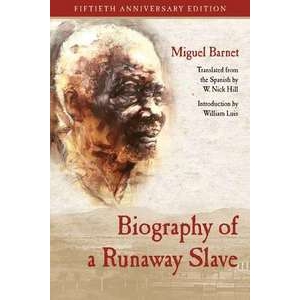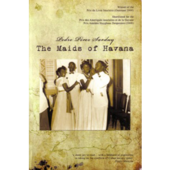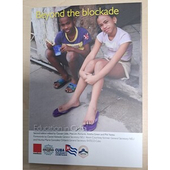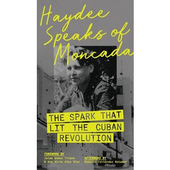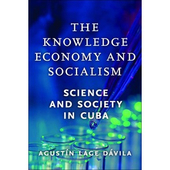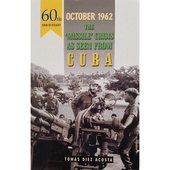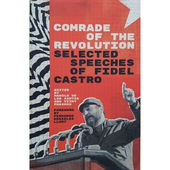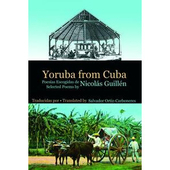Biography (A) of a Runaway Slave by Miguel Barnet 50th Anniversary Edition
Compelling life story of Esteban Montejo, a cimarrón, or runaway slave, who shared his story with Cuban writer Miguel Barnet in this "testimony" to living in slavery, brutal racism and fighting in the Cuban War of Independence. Translated into English. Special 50th Anniversary edtion published 2016.
£22.00 inc p&p
| Check Basket |
Not until the publication of the Havana born ethnologist, Miguel Barnet’s Biografía de un cimarrón: (Biography of a runaway slave) did there exist a narrative that centered on the life of a common slave in Cuba. The testimony (testimonio) of Esteban Montejo has been described as; “the first personal and detailed account of a “maroon” (escaped) slave in Cuban and Spanish American literature” and a valuable document on the history of slavery in Cuba.
Esteban Montejo discussed his past with Miguel Barnet in taped interviews carried out in 1963. At the age of 103, Montejo understood that the he was the sole living runaway slave on the island of Cuba and that his words and memories might be considered important enough to be published. For that reason, he delved into topics of particular interest both to himself and to the interviewer, Barnet. These included forms of African religious expression and Montejo’s recollections of life as a fugitive slave hiding for several years in the forests of Cuba. The narrative also includes his remembrances of the Cuban War for Independence and the subsequent presence of American troops as an army of occupation in Cuba.
The book is divided into three chapters. The first chapter recalls his experiences as a slave and the terrible conditions they were forced to live in on the sugar plantations, and their brutal, inhuman treatment at the hands of masters and overseers. He then moves on to his decision to escape and live alone in the thick Cuban forests and a cave, constantly living in fear of re-capture.
The second chapter explores his life following the abolition of slavery in 1886. He worked as a free labourer at various sugar mills enduring long and hard working days. He notes how very little seems to have changed since the abolition of slavery. Blacks are still treated as second class citizens. But with the arrival of immigrants from the Canary Islands and the Philippines as well Creoles, he also experiences a strong sense of sharing and community that flourished among the Campeñsinos in the countryside.
In the final chapter, Montejo comments upon his experiences during the fighting against Spain for Cuban Independence and the important role black soldiers played in the struggle, never getting the full credit they deserved. He is inspired by the black Cuban general, Máximo Gómez.
He recalls how under the US occupation, US troops brutalised the Cuban populace.
Miguel Barnet’s book is an informative and engrossing read a great contribution to our understanding of Cuban history and national temperament and the life of one incredible man.
Tim Turner for CSC
